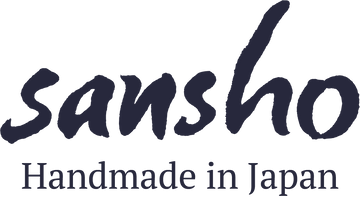Koinobori carp streamers were traditionally hung up before the 5th of May to celebrate Boys' Day (now Children's Day). The carp was chosen because it shows strength, resilience and courage when swimming upstream to spawn, and these were the qualities valued by traditional Japanese culture for boys.
In the Edo era (1603 - 1867), only a black carp streamer was displayed, but through the Meiji era and through the 20th century more colours were added. We have the traditional top three colours: Black, Blue and Red, in three different sizes - all handmade and hand-painted in the Keijusha paper workshop in central Japan.
- L: 87cm long, 39cm wide
- M: 75cm long, 32cm wide
- S: 59cm long, 22cm wide
- Paper handmade and hand-painted in Japan
- Hook not included
Keijusha Workshop
Located in the beautiful town of Yatsuo, the Keijusha paper company is on the banks of the Ida river where the water for their washi making comes from.
Based on historic designs of Serizawa Keisuke from the early 20th Century, you can immediately see the Western influence on the patterns. But these patterns would only work with the strong, waterproof paper perfected in Yatsuo town.
In the 20th century, there was only one company left with the skills to fulfil Serizawa's expectations, and that was the Keijusha Paper Company.








